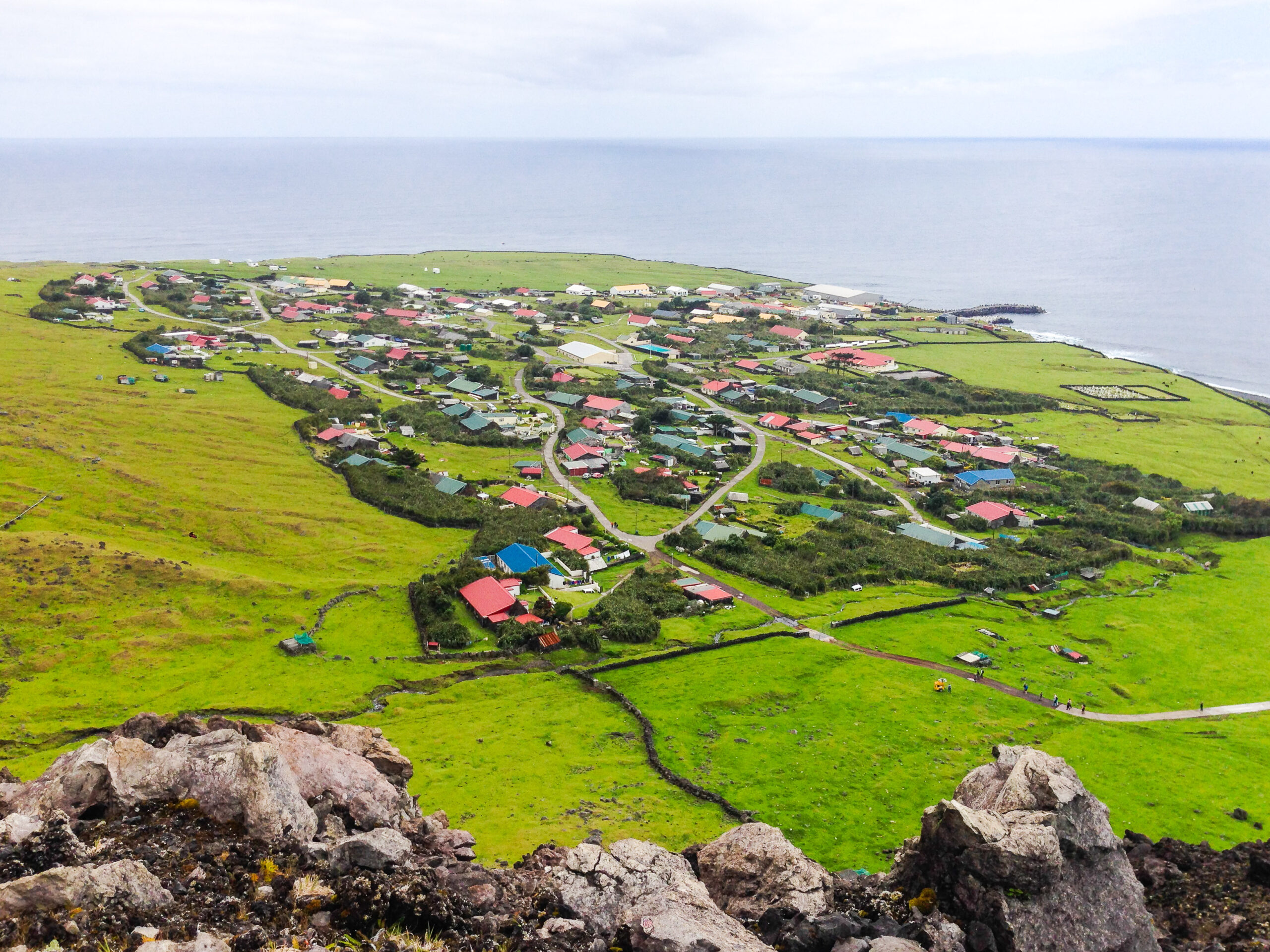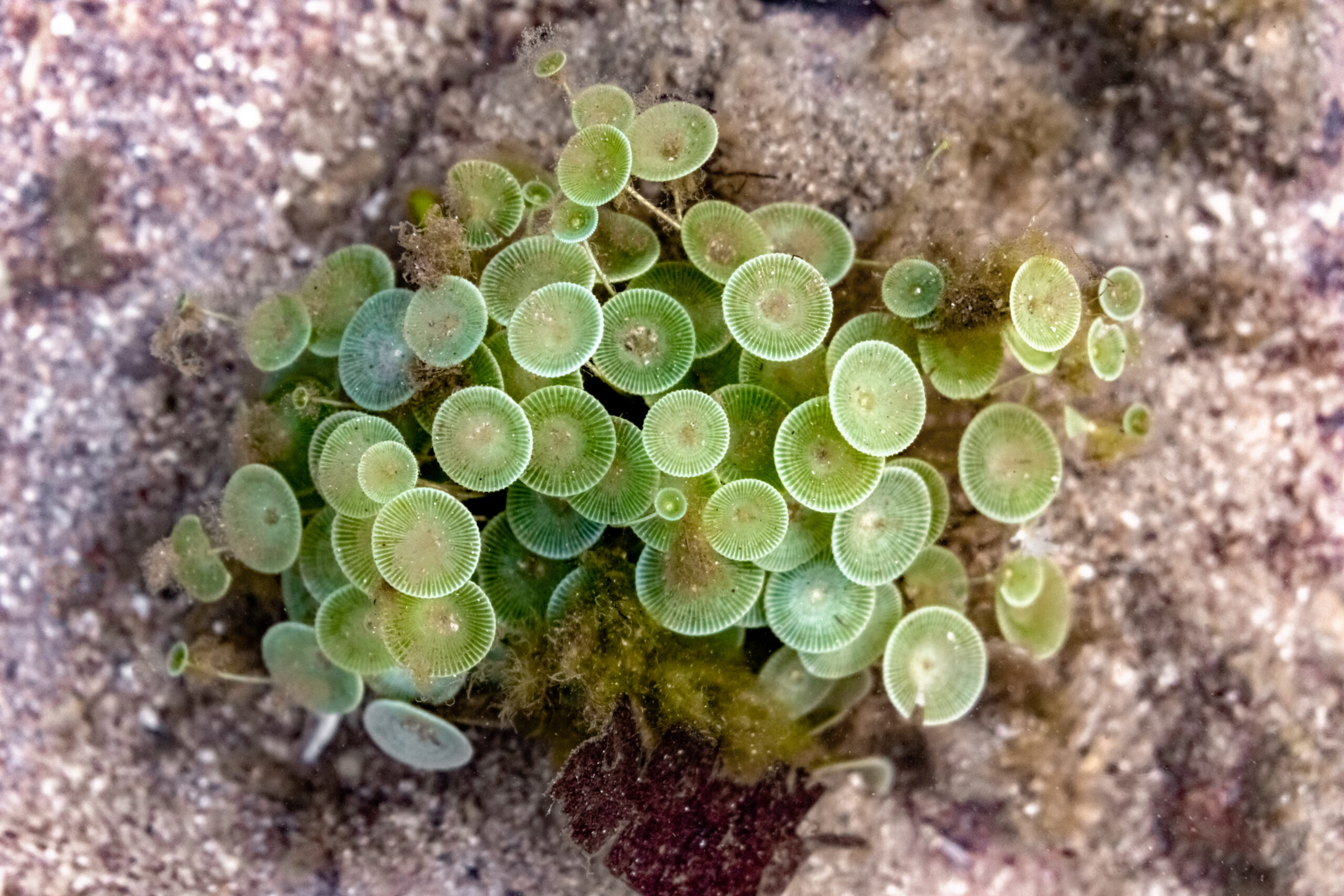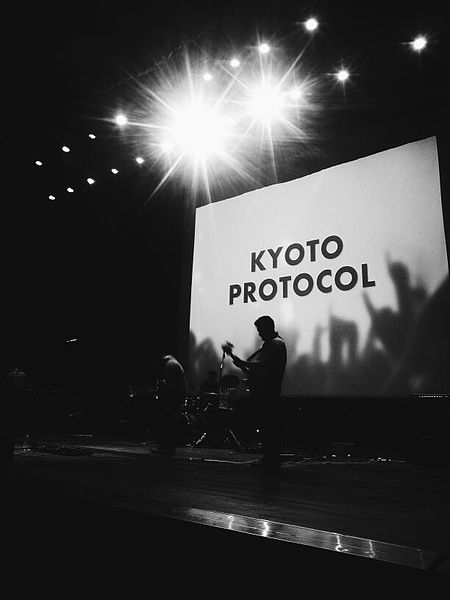The ocean floor may seem timeless, but beneath the waves lie some of the oldest remnants of Earth’s geological history—oceanic crusts that have withstood millions of years of tectonic shifts, volcanic activity, and erosion. These ancient crusts reveal vital clues about the Earth’s development, offering a glimpse into the shifting plates, evolving climates, and changing marine life from long before human history. Studying the oldest oceanic crusts helps scientists understand the natural forces that shaped the world we know today. From the Pacific to the Indian Ocean, each crust holds a unique story, showing how ocean basins formed, grew, and changed over time. Here’s a look at the 8 oldest known oceanic crusts, each with its own remarkable history and geological importance.
Nauru Basin – ~155 Million Years Old

With an age of approximately 155 million years, the Nauru Basin in the western Pacific is a key site for ancient oceanic crust research. This crust formed during the Jurassic Period, and its preservation offers valuable data on the Earth’s prehistoric climate. It is layered with thick sediments that chronicle changes in marine ecosystems and climate events. The basin’s remote location has kept it relatively untouched by tectonic upheaval, preserving its geological structure. Through sampling, scientists have mapped the shifts in temperature and biodiversity across millions of years. The Nauru Basin crust is an essential resource for understanding the Pacific plate’s tectonic history. Its age also reveals how long oceanic crust can endure before subduction.
Mariana Basin – ~150 Million Years Old
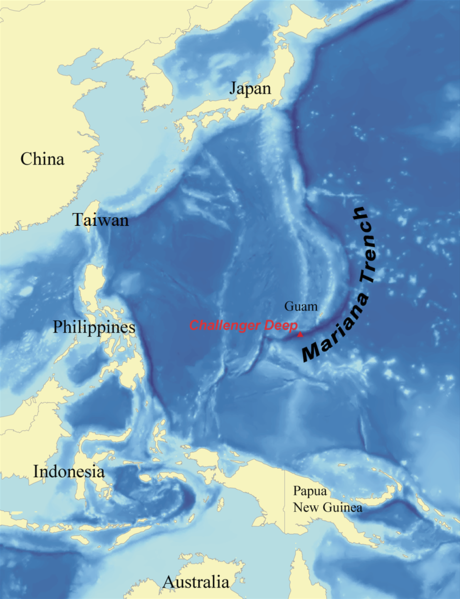
The Mariana Basin, with crust aged around 150 million years, lies near the Mariana Trench. This ancient seabed has witnessed countless tectonic events, contributing to our understanding of deep-ocean geological processes. It is one of the oldest parts of the Pacific crust, offering records of Jurassic marine conditions. Thick sediment deposits tell stories of oceanic biodiversity and environmental shifts over time. Due to its proximity to the trench, parts of this crust are undergoing slow subduction. Geologists utilize this basin to explore the lifespan of oceanic crust and tectonic plate boundaries. This area continues to reveal the dynamic nature of Earth’s crustal evolution.
Ontong Java Plateau – ~145 Million Years Old
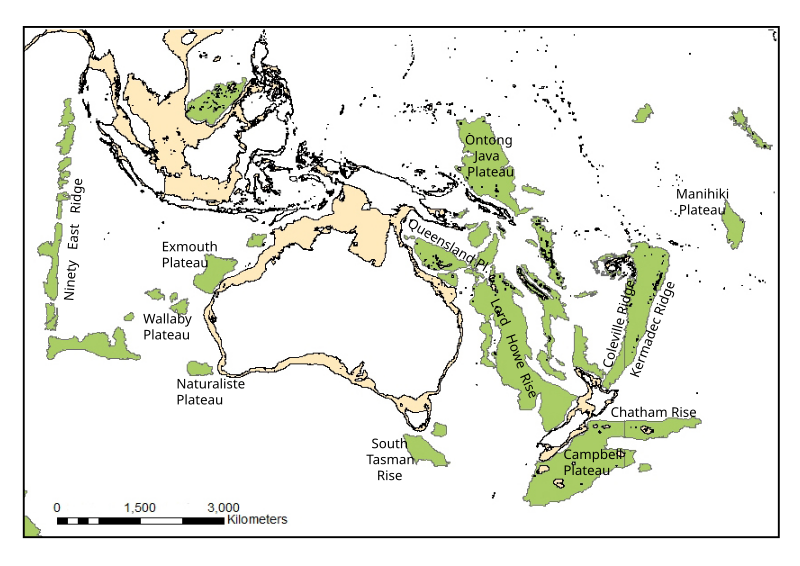
The Ontong Java Plateau, dating back roughly 145 million years, is one of the largest oceanic plateaus in the Pacific. Its crust is extraordinarily thick, a result of massive volcanic eruptions in Earth’s distant past. This plateau offers an invaluable record of mantle plume activity and basaltic outflows. It serves as an ancient geological archive, preserving data on early oceanic plate dynamics. Layers of volcanic rock give insight into the plateau’s formation and the intense volcanic activity of the Jurassic Period. As one of the oldest formations in the Pacific, it helps researchers investigate the lifecycle of oceanic crust. Its age highlights the longevity and stability of certain crustal formations.
Shatsky Rise – ~130 Million Years Old
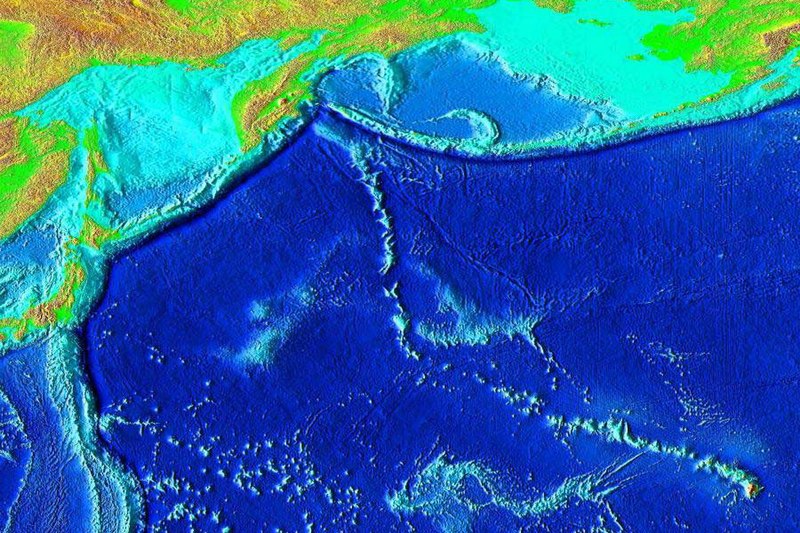
The Shatsky Rise, estimated to be around 130 million years old, sits in the northwest Pacific Ocean. This crust formed at a time when volcanic activity was expanding the ocean floor rapidly. Comprised of thick basaltic layers, it provides a unique look at large igneous provinces. Sediments accumulated on this rise offer records of biological evolution and atmospheric changes. Its formation is thought to have resulted from massive volcanic outflows related to a mantle plume. This area offers essential data on how crustal plates interacted with mantle processes. Its age and composition remain vital to studying Earth’s volcanic history.
Blake Plateau – ~115 Million Years Old

The Blake Plateau, off the southeastern coast of the United States, contains crust aged about 115 million years. It formed during the early Atlantic Ocean’s expansion, following the breakup of Pangaea. The plateau’s thick sediment layers offer insights into the evolution of the North American continental margin. This plateau provides a snapshot of the shifting ocean currents and biological changes since the Cretaceous. Its crust’s age and composition reveal how oceanic plateaus form in passive margin settings. Blake Plateau is a unique feature, showcasing interactions between continental and oceanic plates. Its geological stability offers a window into ancient Atlantic conditions.
Exmouth Plateau – ~110 Million Years Old
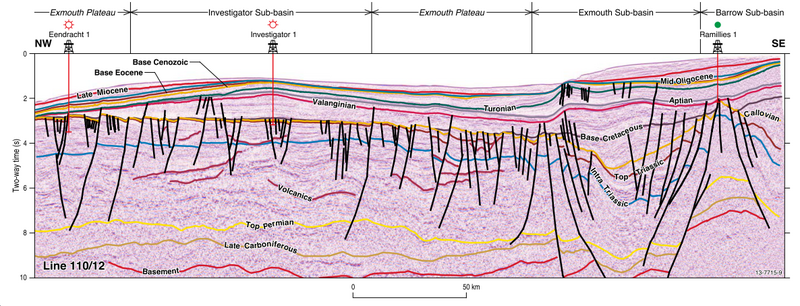
Exmouth Plateau, located off the coast of Western Australia, is approximately 110 million years old. Formed during the breakup of the supercontinent Gondwana, it represents a significant era of plate tectonics. The thick crust and layered sediments reveal a gradual transition from continental to oceanic characteristics. This plateau’s structure provides clues about the ancient Indian Ocean’s formation. The sedimentary layers preserve traces of marine life and climatic shifts over millions of years. Geologists examine Exmouth Plateau to understand the origins of oceanic plateaus in tectonically active regions. Its age underscores the enduring stability of certain oceanic formations.
Kerguelen Plateau – ~90 Million Years Old
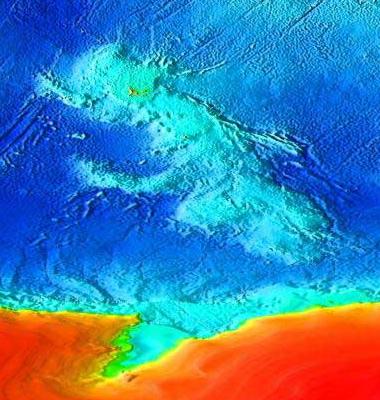
Located in the southern Indian Ocean, the Kerguelen Plateau is around 90 million years old. This massive oceanic plateau formed due to a volcanic hotspot and extends across an area comparable to some continents. The crust here is unusually thick, a result of prolonged volcanic eruptions during the Cretaceous. Its layers hold records of past oceanic conditions, giving insight into ancient marine ecosystems. Kerguelen Plateau’s location and structure help scientists understand how volcanic activity shapes the seafloor. Its age emphasizes the resilience of oceanic plateaus over long geological periods. This plateau continues to be a valuable site for deep-sea exploration.
Falkland Plateau – ~85 Million Years Old
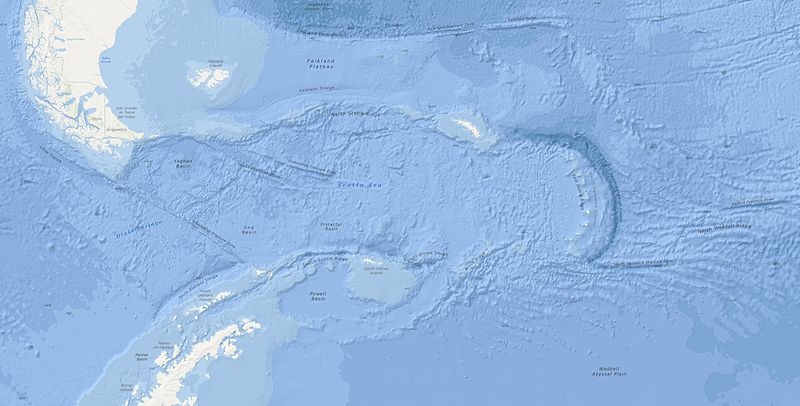
The Falkland Plateau, located near the South Atlantic Ocean, is about 85 million years old. Formed as South America and Africa drifted apart, it represents an era of dynamic plate movement. This crust’s unique location provides insights into the opening of the South Atlantic. The sedimentary layers reveal the gradual transition from shallow to deep oceanic environments. Researchers study the Falkland Plateau to understand the tectonic forces that shaped the early Atlantic basin. The plateau’s ancient age and structure make it crucial to studying the break-up of supercontinents. Its stability has preserved valuable records of early Atlantic marine life.
This article originally appeared on Rarest.org.
More From Rarest.Org
Some islands around the world are known for their beauty and isolation, but others hold fascinating, little-known stories that make them truly unique. From places steeped in mystery and intrigue to those with historical significance that shaped global events, these remote locations have histories as captivating as their landscapes. Read more
The ocean is home to an incredible variety of plants that thrive in saltwater. These unique species have adapted to the harsh conditions of the sea, flourishing in environments that are both rich in nutrients and constantly in motion. Read more.
Conserving our natural world has become more important than ever, as the effects of human activity continue to threaten ecosystems and wildlife. Across the globe, a variety of initiatives have been launched to protect habitats, reduce pollution, and safeguard endangered species. Read more.

